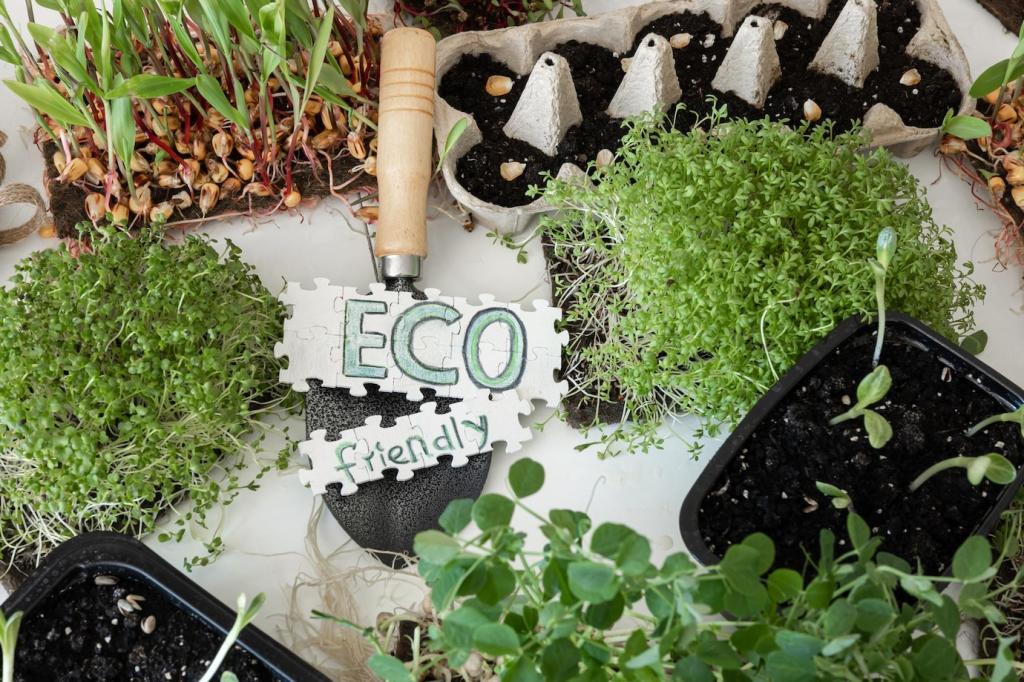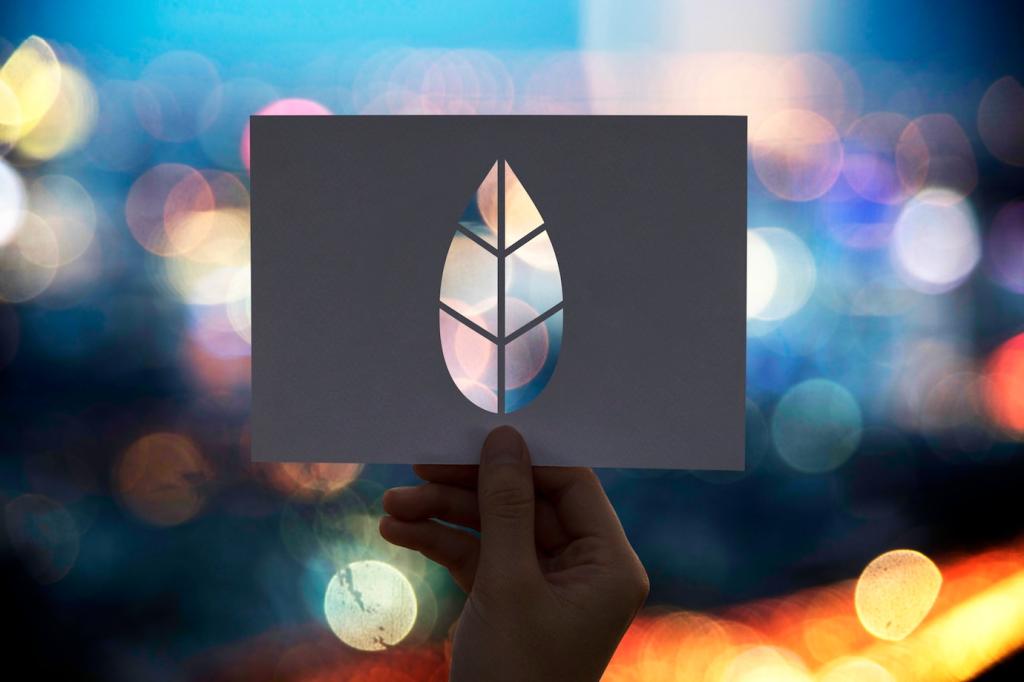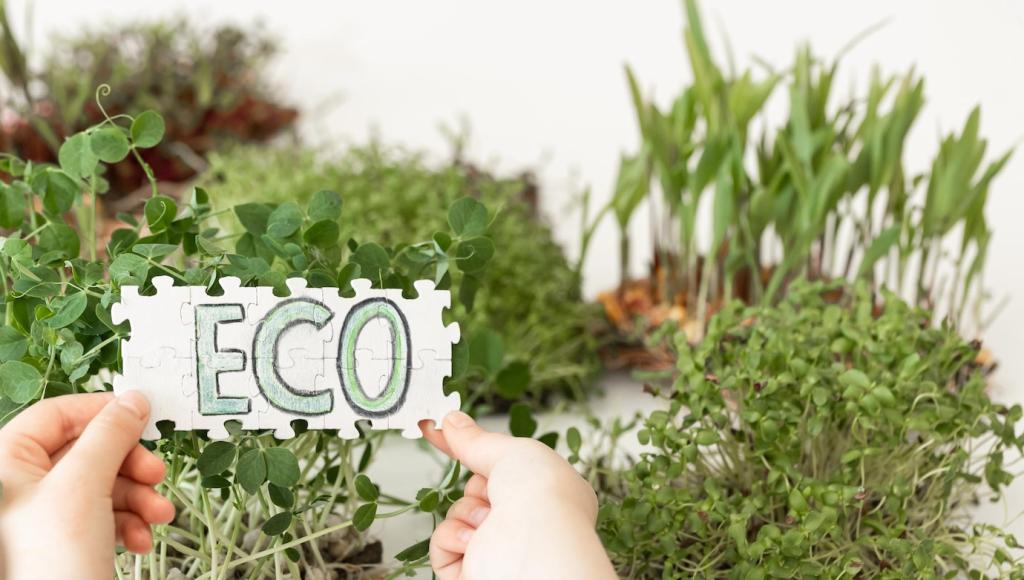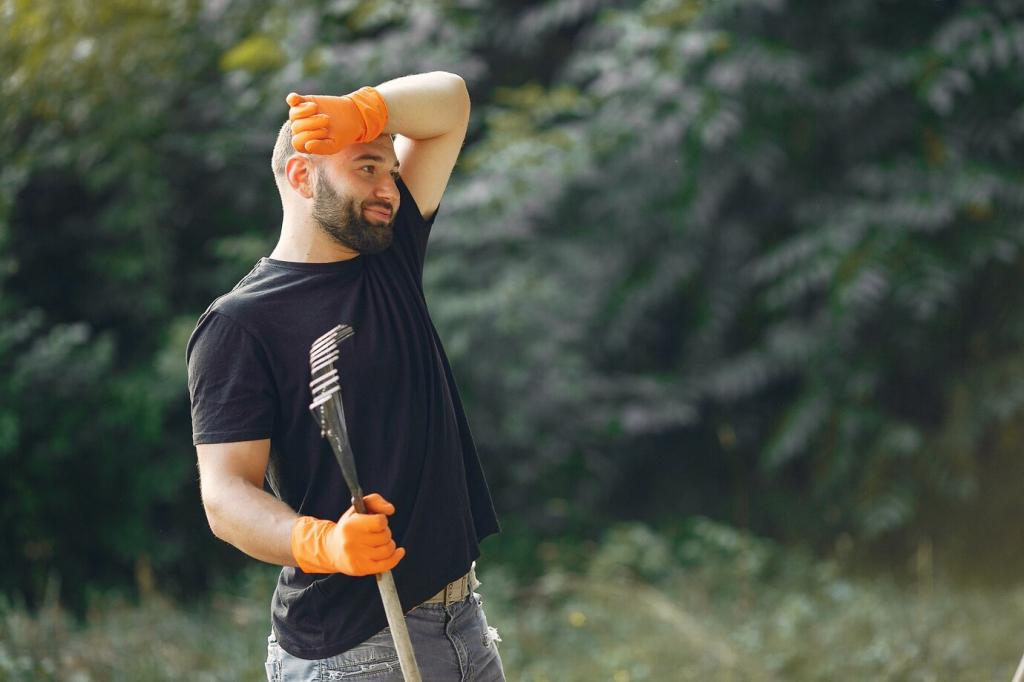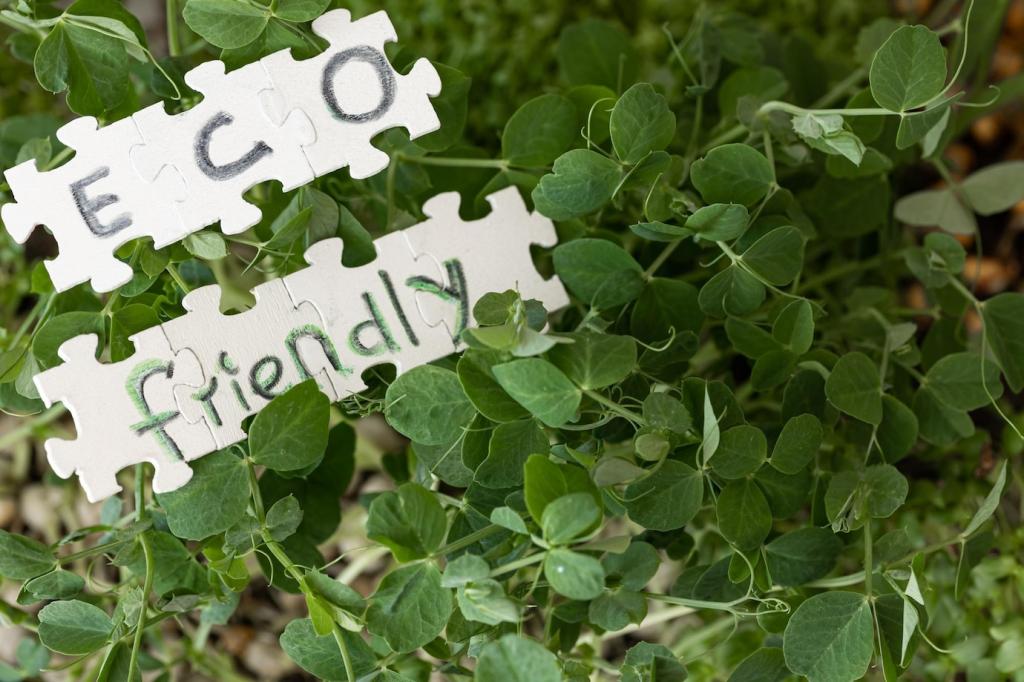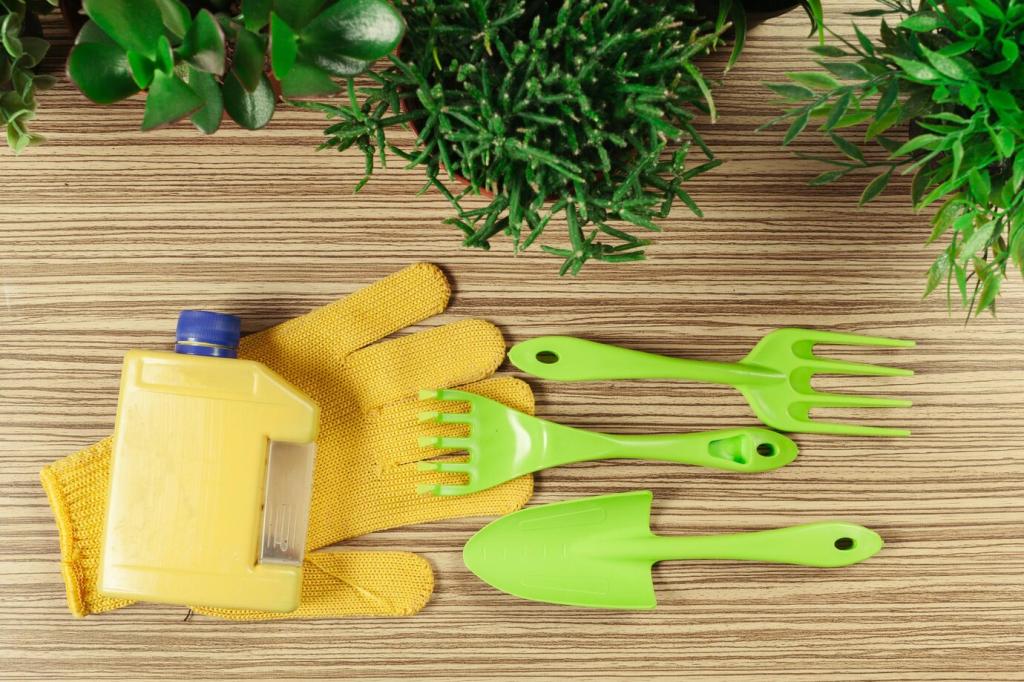Stories from the Dye Pot
A neighbor passed me a bag of fallen walnut hulls after a storm. The deep brown they yielded matched the color of an old photograph, and the scarf became a quiet keepsake. Tell us about your most sentimental plant-colored piece.
Stories from the Dye Pot
During a school workshop, students watched a plant-based vat awaken, releasing gentle blues onto cotton squares. Their amazement turned into careful note-taking, then into proud swatches pinned on backpacks. Share how you introduce natural color to curious beginners in your life.


